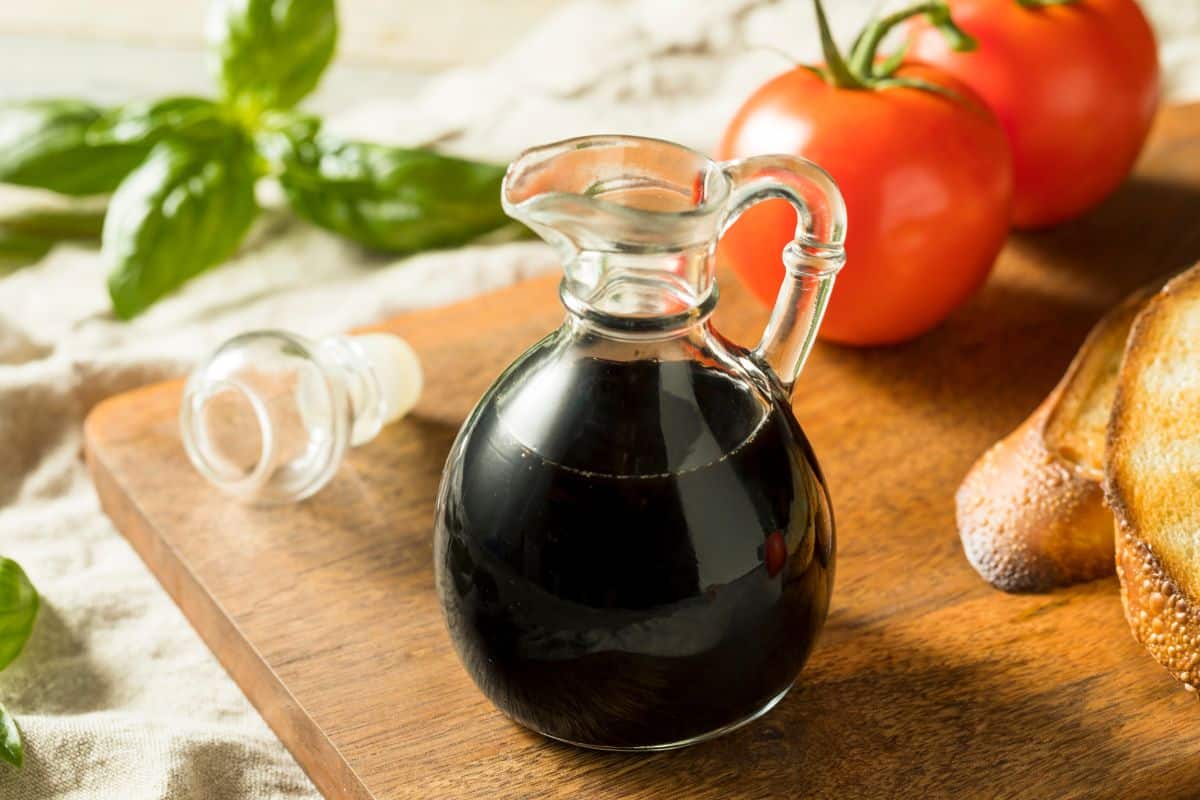Balsamic vinegar, that dark, glossy condiment gracing kitchen shelves worldwide, often raises questions about its longevity. Unlike many perishable items, this Italian treasure boasts remarkable staying power. Understanding proper storage methods and recognizing spoilage signs helps maximize your investment in quality vinegar.
Understanding balsamic vinegar shelf life
Traditional balsamic vinegar from Modena exhibits extraordinary longevity due to its production process. The fermentation and aging in wooden barrels creates a naturally acidic environment that inhibits bacterial growth. High-quality traditional varieties can last indefinitely when stored correctly, often improving with age like fine wine.
Commercial balsamic vinegar differs significantly from traditional versions. Mass-produced varieties contain wine vinegar, grape must, and sometimes artificial flavors or caramel coloring. These products typically maintain quality for 3-5 years past their best-by date. The acetic acid content, usually around 6%, provides natural preservation properties that prevent dangerous spoilage.
The aging process plays a crucial role in shelf stability. Authentic aged balsamic undergoes years of careful maturation in wooden casks, developing complex flavors while maintaining safety through natural acidity. This process creates an environment hostile to harmful microorganisms, explaining why centuries-old barrels continue producing safe, consumable vinegar.
Storage conditions significantly impact longevity. Cool, dark pantries maintain optimal quality longer than warm, bright locations. Temperature fluctuations can accelerate chemical changes that affect taste and appearance. Consistent storage temperatures between 60-70°F preserve both flavor integrity and safety characteristics most effectively.
Signs that balsamic vinegar has deteriorated
Visual changes often indicate quality degradation in balsamic vinegar. Sediment formation represents the most common alteration, appearing as cloudy particles settling at the bottle’s bottom. This natural occurrence doesn’t signal spoilage but rather concentration changes due to evaporation or temperature variations.
Color shifts provide additional deterioration clues. Fresh balsamic maintains deep brown hues with glossy consistency. Fading colors or unusual lightening suggests exposure to excessive light or heat. While these changes affect appearance and potentially flavor, they rarely indicate safety concerns.
Texture modifications deserve attention when assessing vinegar quality. Proper balsamic flows smoothly with syrup-like consistency in aged varieties. Unusual thickness or unexpected thinning might indicate concentration changes through improper storage. However, these alterations typically affect culinary performance rather than safety.
Off-odors rarely develop in balsamic vinegar due to its acidic nature. The characteristic sweet-tart aroma should remain consistent throughout storage. Any musty, metallic, or uncharacteristically sour smells warrant closer inspection, though such changes occur infrequently in properly stored products.
Storage best practices for maximum freshness
Proper storage techniques significantly extend balsamic vinegar’s usable life. Dark pantry locations away from heat sources provide optimal conditions. Avoid storing near stoves, dishwashers, or windows where temperature fluctuations occur regularly.
Container integrity affects preservation quality. Original glass bottles offer superior protection compared to plastic alternatives. Tightly sealed caps prevent oxidation and contamination while maintaining proper acidity levels. Replace damaged or poorly fitting caps immediately to maintain storage integrity.
Using balsamic vinegar in culinary applications
Quality balsamic vinegar enhances numerous dishes beyond simple salad dressings. Aged varieties complement cheese platters, fresh fruits, and grilled vegetables magnificently. The complex flavor profile develops through careful aging processes that concentrate natural sugars and acids.
Cooking applications benefit from different balsamic grades. Less expensive commercial varieties work excellently for marinades, reductions, and cooked sauces. Reserve premium bottles for finishing touches where the vinegar’s full flavor profile can shine without heat interference.
When preparing salads, consider pairing balsamic with ingredients that complement its acidity. Is romaine lettuce acidic enough to balance the vinegar’s tartness ? Understanding ingredient pH levels helps create harmonious flavor combinations that highlight rather than compete with balsamic’s distinctive characteristics.
Creative applications extend beyond traditional uses. Many home cooks discover that how to use romaine lettuce in various preparations benefits from quality vinegar pairings. The crisp texture and mild flavor profile of romaine provides an excellent canvas for showcasing premium balsamic varieties.
Maximizing culinary value
Different preparation methods affect how balsamic interacts with other ingredients. Room temperature applications allow full flavor development, while heated preparations concentrate sweetness through reduction processes. Understanding these interactions helps maximize culinary investment in quality products.
Storage location affects flavor accessibility. Keep frequently used bottles in convenient locations while reserving special occasions bottles in optimal storage conditions. This approach ensures both convenience and preservation of your most valuable vinegar investments.
Alternative uses and practical tips
Beyond culinary applications, vinegar serves various household purposes. While balsamic proves expensive for cleaning tasks, other vinegar types excel in practical applications. White vinegar is very effective against weeds when combined with these two kitchen products, offering economical alternatives for garden maintenance.
Quality assessment helps determine appropriate uses for different balsamic grades. Premium bottles deserve special occasion status, while everyday varieties handle regular cooking tasks admirably. This approach maximizes both culinary satisfaction and economic efficiency.
Rotation practices ensure optimal freshness across your vinegar collection. Use older bottles first while maintaining newer purchases in optimal storage conditions. This simple system prevents waste while ensuring consistent quality in your culinary preparations.

